Example 1: Clarice saw that Lecter had very yellow teeth. They looked sharp and strong, as if he'd chewed through his share of leathery carcasses. She heard them click while he spoke. The sound made her feel nervous and ready to leave the dungeon Virginia called a prison.Example 2: His yellow teeth gleamed behind lips as leathery and red as the flesh they'd served as a gateway for. Images of his victims' carcasses flashed through Clarice's mind, and she shuddered. He grinned malevolently at her discomfort, and those stained teeth clicked loudly in the quiet dungeon. Clarice clenched her hands into fists to hide the way the sound made her cringe, but she couldn't get away from the drafty, damp prison fast enough.Let's discuss narration from the viewpoint character's perspective, more commonly called POV. As an avid reader and editor, I have sunk my teeth (teehee) into quite the cross-section of novels, and want to share a few bits of wisdom that can help newer writers make minor tweaks that will breathe life into their writing.The beauty of POV is that, if you've done your job correctly as a writer, you don't need to tell the reader who's seeing/doing what. Which character's perspective the scene is being told from bleeds through in the context, not from statements like "she saw" and "he heard." Let's look at the two opening examples. Though they are inelegant quickies for the sake of this post, they serve to show the gross differences between showing and telling. Forgive my messy prose.In example 1, it's clear who the viewpoint character is because it tells you in neon lights from the first sentence. "Clarice saw…" Further on, readers are triple whammied with phrases like "she heard" and "the sound made her feel." These are classic examples of telling vs showing. The writer (in this case, me) is telling you exactly what the viewpoint character is seeing, hearing, feeling, etc. Yes, writing 101 is very clear that writers need to bring readers into the scene by appealing to the senses, but there's a big difference between appealing to the senses and simply stating what the senses are experiencing.Which brings us to example 2. I'm sure you're already clear on the difference. As a reader, you know exactly what Lecter's teeth look like, the gore, the grit, the grime, and the nasty feelings hearing them click and imagining the things they've done evoke for Clarice. Clarice doesn't have to tell the reader that she's freaked out, as if sharing the story with us over a cup of tea. The reader instead gets to walk in Clarice's shoes and experience things as she is. The difference between showing and telling is distinguishing between phrasing that tells us what she's seeing vs phrases that show what she's seeing as if we're inside her skin (teehee redux).Self-editing Tip:A quick examination of your sentence construction can easily help you identify if your writing is more show-y than tell-y. In the sentence, "Clarice saw that Lecter had very yellow teeth," the subject is Clarice. The problem is, the main focus of the sentence—the thing that is intended to evoke that visceral, sensory response—is Lecter's creepy yellow teeth. Subtly informing readers that Clarice is the POV character early in the scene ensures readers are already informed of whose eyes they're looking through, thus making fixing sentences like this is as easy as changing the subject from Clarice to Lecter's teeth.
